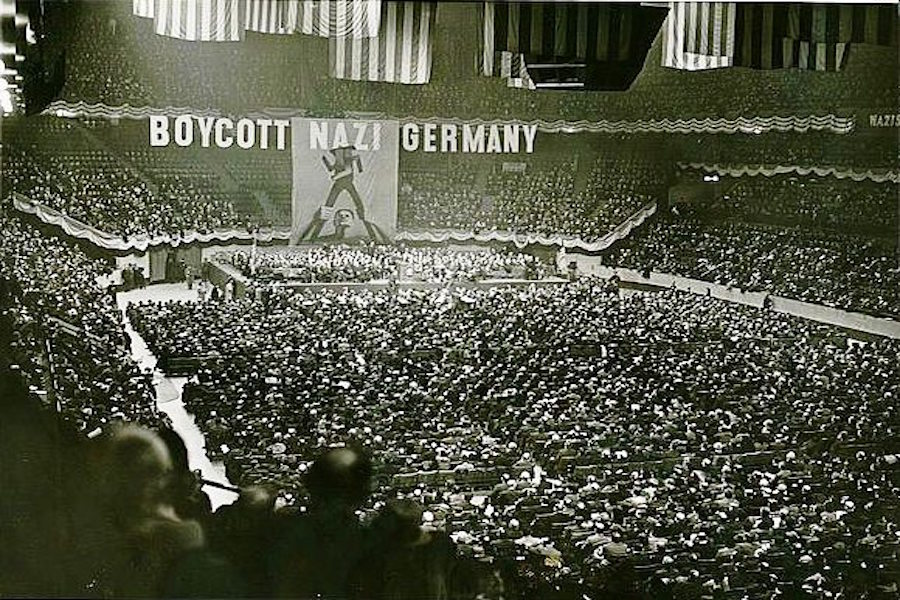
Red, white and blue. Add a shield, a star, a “mask” that doesn’t really hide the wearer’s identity, mention Chris Evans, and who do you think of? I’m going to assume your answer is Captain America. Now, I really like Captain America, and I enjoy his few movies that have been released in theaters, albeit sometimes I’m not a fan of the acting. Captain America is one of the few superheroes whose backstory and historical era figures somewhat prominently into the plot of his films.
If you look at Captain America’s debut publication date, March 1941, the ties to World War II appear evident through time, date and enemies. Pearl Harbor occurred on Dec. 27, 1941, meaning that Captain America made his public debut only a little over a month after the attack. This connection to WWII is also visible in his opponents like Hitler and other Axis forces.
Much like many other wartime sentiments, Captain America was intended to encourage a sense of community and patriotism.
But as the war came to a close, so did Captain America’s original publication and popularity. He was tossed aside, only to regain immense popularity in the late ’60s and ’70s. He has only grown more popular since.
But why is Captain America and his history still relevant today? His history, as of this year, will be three-quarters of a century old. He can’t possibly have any sort of contemporary importance with such a time disparity. And even if he did, why do we find him interesting today?
Superheroes with historical connections, like Captain America, remain very important in ensuring we don’t repeat old mistakes. The idea of justice prevailing over crime, as it pretty much always does in superhero universes, is a nice and refreshing change from our chaotic world. Unfortunately, crime is a common occurrence, as any UC Davis student who receives emailed police reports will tell you. The idea of history repeating itself and the prevalence of crime in today’s modern era have an interesting relationship that provides clues as to why historic superheroes remain so popular…
As a boy growing up in America, a few of my teachers in elementary school and my parents would use superheroes to simplify certain arguments and conflicts by asking me questions like, “What would (insert first superhero you can think of here) do?” Because of their cultural prevalence, superheroes are used to instruct children about morals and how to be good citizens. Adults and parents often welcome superheroes as role models because they are easy to understand. But why are superheroes who violently fight street crimes also held up as moral arbiters to elementary school children for issues like stealing and manners? They could potentially encourage children to always do the right thing and to follow justice, but there also exists a type of disconnect for the severity of the crimes that children just cannot simply understand. This includes why Captain America would be working with the Allies during WWII.
Superheroes and crime are inseparable aspects of the superhero realm. That is undeniable. Parents and adults want their children and the other people in the world to do right as well. That is also unquestionable. The inability of well-meaning adults to explain to children how superheroes can be both violent and just only complicates the fact that these heroes were used on a national scale to invoke pride. They were not created, and should not be used, to teach children basic morals.
You can reach MICHAEL CLOGSTON at mlclogston@ucdavis.edu.
Correction: An earlier version of this column stated that Pearl Harbor occurred on Jan. 27, 1941. This has been changed to the correct date of Dec. 27, 1941.




